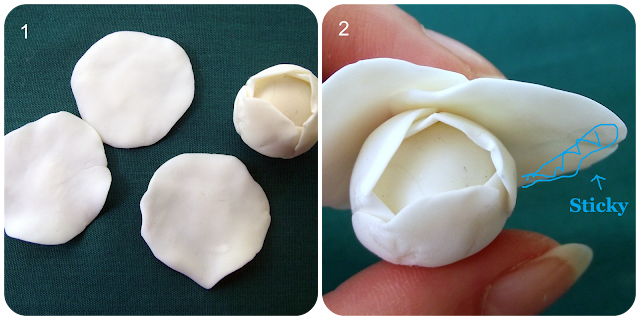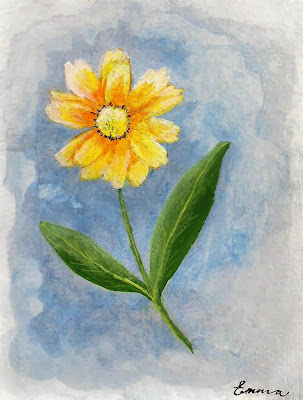I'm not a St. George supporter, however when my best friend and I were asked to make a St. George Jersey cake, as one of our first paid jobs, we jumped at the chance. Below is a rough tutorial on how to go about making a jersey cake. You could use the same steps for making any football teams colours and styles. Go the Storm! *cough, cough*
As we are visual people we like to set everything out as we go to see how the end result will look. We are usually designing as we go also so, as you can see above, we have placed out the cutters to see how it will all look once finished. (As we only have one of each letter there is a little interesting spelling going on. :))The torso of the jersey was cut from one large slab cake (sometimes called a lamington slice tin) and the arms were cut from another small cake. The template for the cake can be found here.
The next step is to patch the cake with small pieces of fondant icing. (Sorry I don't have a picture of this step.) This will help the cake to end up with a much smoother finish. You can either use a small amount of egg white to stick the fondant on, or melted jam (explained below). Then ice the cake with butter-cream icing. (Sorry I don't have a picture of this step either.) The butter-cream icing not only helps the fondant to stick to the cake, but also helps keep the cake moist, improves the taste greatly, and for people who hate fondant, they can simply peel the fondant off their piece of cake before eating and still be left with nice tasting icing. Refrigerate the icing until firm. Other options would include chocolate ganache, or if you don't wish to have any icing underneath, heat a small amount of jam (any flavour you like) and paint the warm jam onto the cake.
Roll the fondant out until about 1-1.5 cm thick (approximately 1/2 inch) and carefully drape over the cake. Start to smooth the fondant, beginning with the top of the cake first, using circular motions with a smoothing paddle. Gently work down the sides until the entire cake is smooth.
Carefully cut the fondant around the edge of the cake (If you are using a cake board, be very careful not to mark it). Try not to cut too close to the cake as it's better to have extra left around the edge then not enough. Using the smoothing paddle again, push the cut edges into the sides of the cake and smooth the edges again. (Sorry I don't have a picture of this step.) If the fondant begins to go hard before you have made it smooth enough, run your hands over the cake for a bit. The heat from them will help to slightly melt the fondant and allow for extra smoothing.
For the dragon I took a tooth pick and traced around the dragon shape onto the fondant. (See template). Then with some edible chalk (which I'd crushed it into a powder) I coloured-in the shape of the dragon using a small brush. A black edible pen was then used to outline the dragon and flame.
For the collar and V we did this free hand. We used the template I'd drawn out, but made the strips slightly bigger then the drawn version as the cake had become bigger because of the added width caused by the fondant. The words were cut out using alphabet cutters.
And there you have a jersey birthday cake!
God Bless,
Little Wren xxx










































